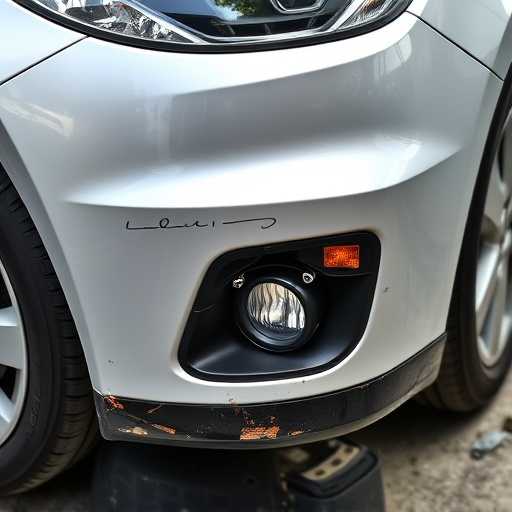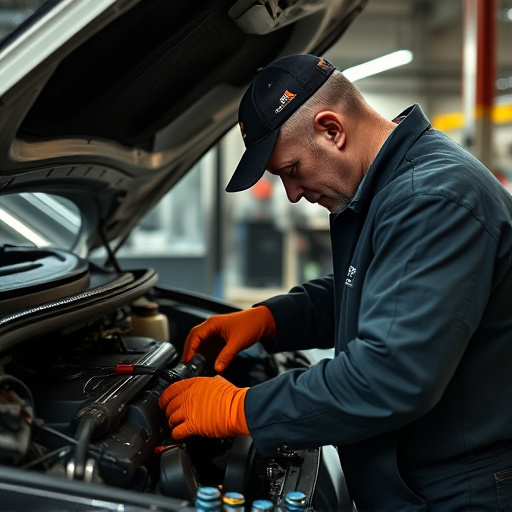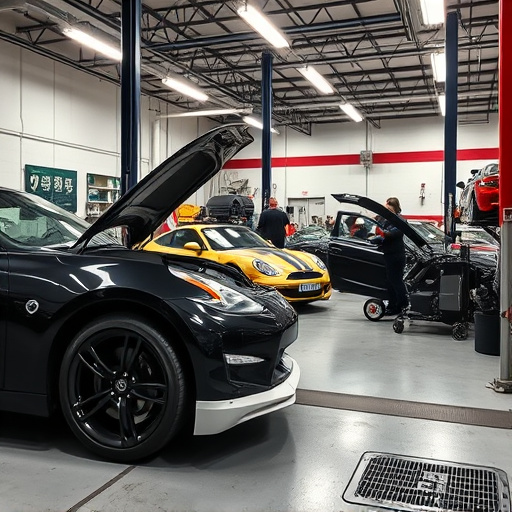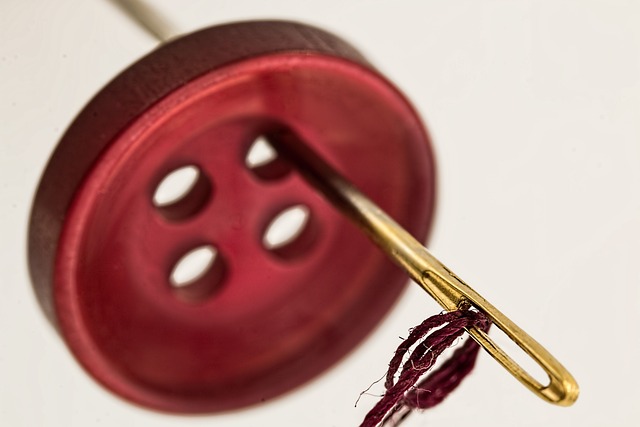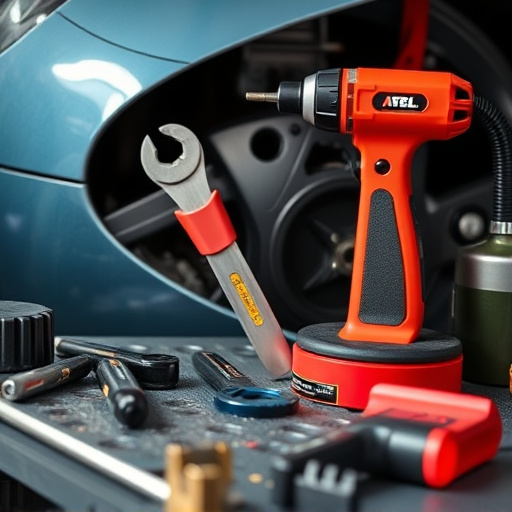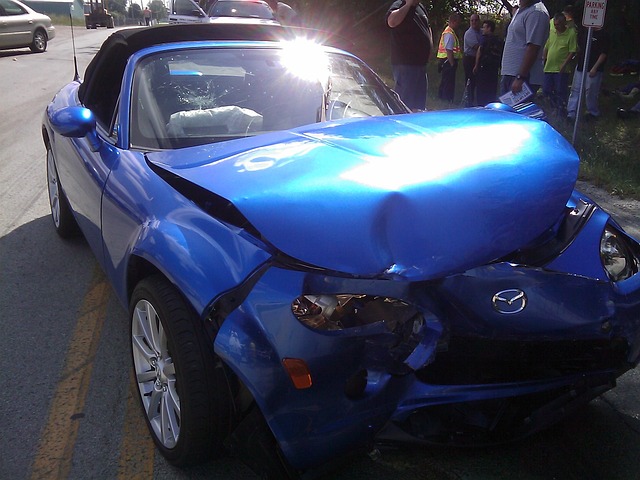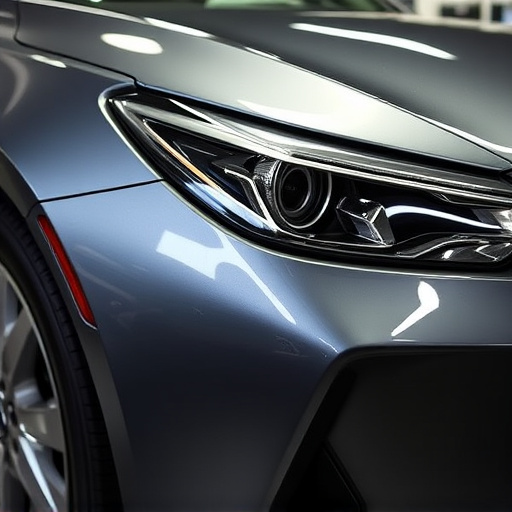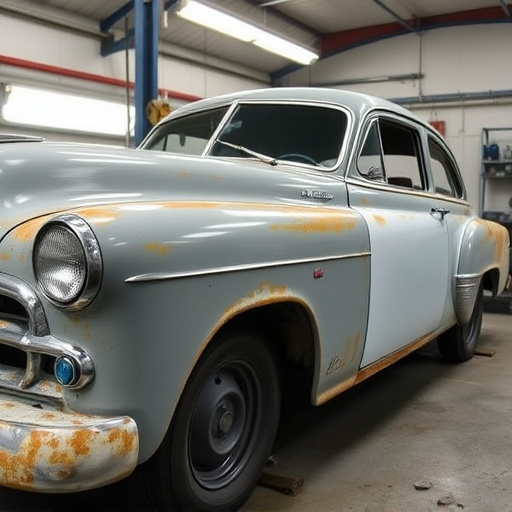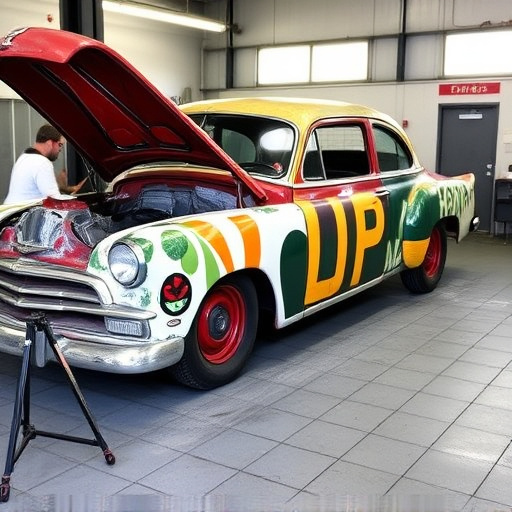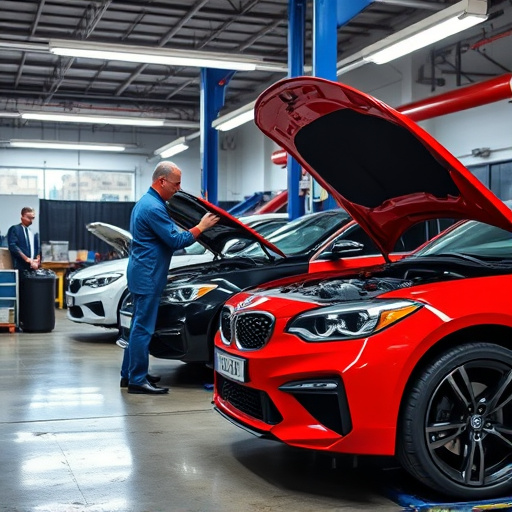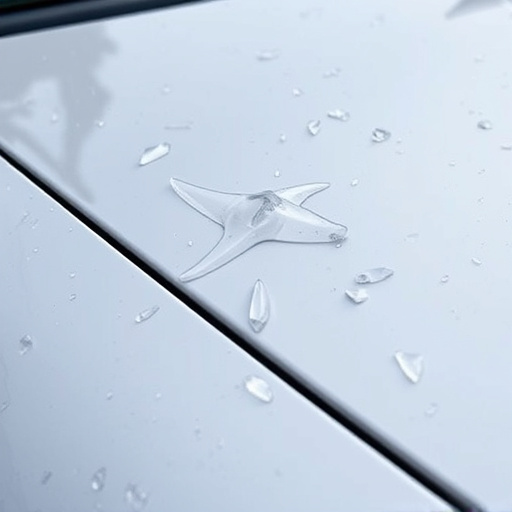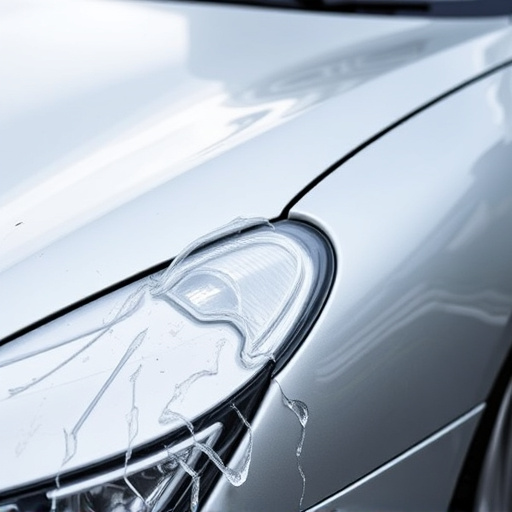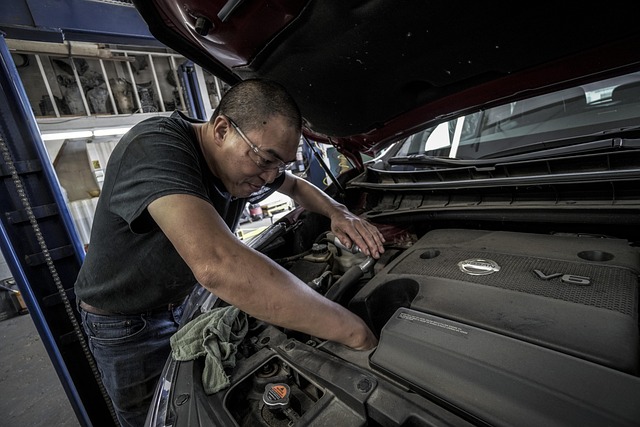Color matching excellence in automotive repairs demands technicians' mastery of pigments, light interaction, and advanced tools like spectrophotometers. They undergo rigorous training, including VR simulations, to learn intricate paint mixing and assessment for flawless results. Using digital software and vast paint databases, they achieve precise color replication, ensuring repair finishes match original factory standards.
In the realm of aesthetics, color matching excellence is paramount, whether in interior design, manufacturing, or digital media. This article explores how technicians are trained to achieve visual precision in color matching. We delve into the significance of accurate color reproduction and uncover innovative training methods that sharpen their skills. From advanced tools to meticulous techniques, we analyze strategies ensuring consistent results, elevating the standard of professionalism across diverse industries.
- Understanding the Importance of Color Matching
- Training Methods for Visual Precision
- Tools and Techniques for Consistent Results
Understanding the Importance of Color Matching
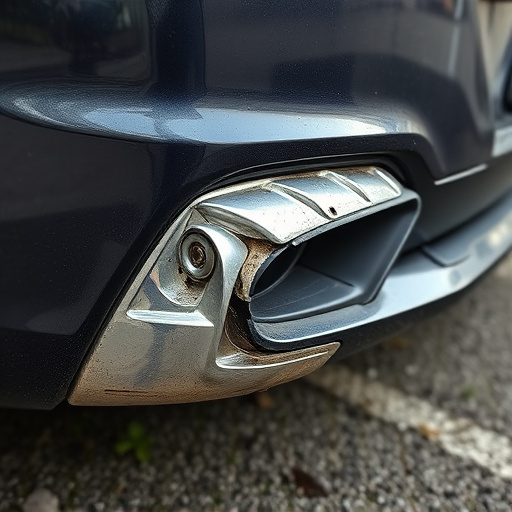
In the realm of automotive aesthetics, color matching excellence isn’t just a desirable trait—it’s paramount. Technicians in vehicle collision repair and autobody repairs are often tasked with restoring damaged vehicles to their original state, which includes achieving flawless color matches on paint jobs. This meticulous process involves understanding the intricate science behind pigments and dyes, as well as the ability to discern subtle variations in shades.
Color matching excellence requires a keen eye for detail and a deep understanding of how light interacts with different colors. Technicians must be adept at using specialized tools and equipment to analyze and mix paints accurately. This skill set ensures that repairs, including car dent removal, are indistinguishable from the original vehicle, preserving not just the physical structure but also the emotional connection owners feel with their vehicles.
Training Methods for Visual Precision
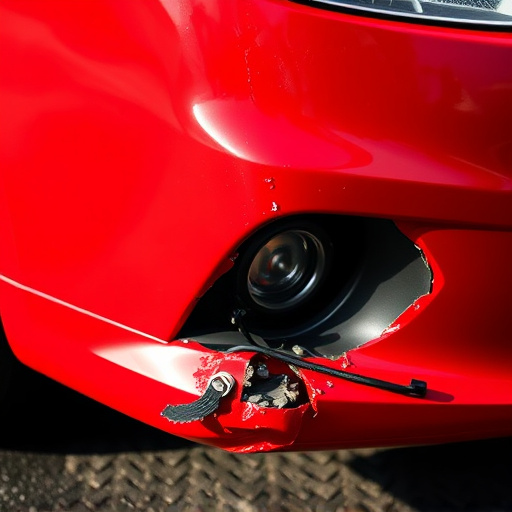
In the quest for color matching excellence, technicians undergo a meticulous training process that hones their visual precision. This often involves immersive simulations designed to replicate real-world scenarios, such as assessing and mixing paints to match specific vehicle colors post fender bender or during collision repair services. Virtual reality (VR) technology has emerged as a powerful tool in this regard, enabling trainees to practice color matching in a safe, controlled environment.
Through these simulations, technicians learn to discern subtle color variations and nuances with remarkable accuracy. They master the art of blending pigments, understanding how different bases and additives interact to achieve the desired shade, whether it’s for intricate autobody repairs or restoring a vehicle to its pre-incident condition. Regular practice and feedback sessions further refine their skills, ensuring they consistently deliver superior color matching results in their work.
Tools and Techniques for Consistent Results
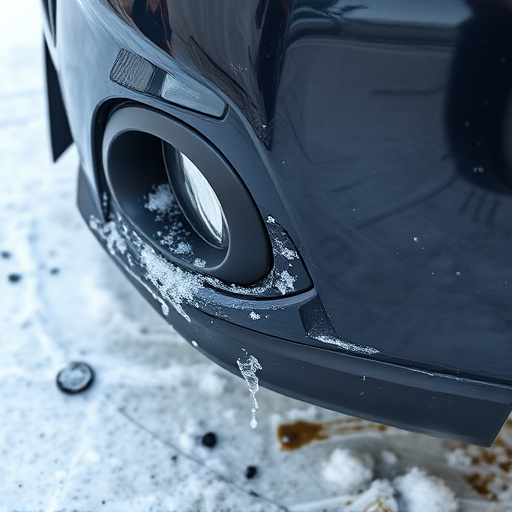
Technicians aiming for color matching excellence rely on a sophisticated set of tools and techniques to achieve consistent results in automotive body shops. Beyond basic paint swatches, modern practitioners employ advanced spectrophotometers that analyze light absorption and reflection with precise scientific measurement, ensuring exact color matches. These instruments are integrated into digital color-matching software, enabling technicians to input specific vehicle colors and access vast databases of paint formulations for accurate mixing.
Furthermore, training in various techniques, such as layering and blending methods, allows technicians to master the art of mimicking original factory finishes. Practice on car damage repair samples and simulated wear scenarios sharpens their skills, ensuring they can replicate not just the color but also the subtle nuances that contribute to a flawless finish across the entire automotive body services spectrum.
Technicians play a pivotal role in achieving color matching excellence, ensuring products meet high-quality standards. Through specialized training that combines theoretical knowledge with practical application, they develop the visual precision required to match colors accurately. Utilizing advanced tools and techniques, these professionals consistently deliver consistent results, making them indispensable in industries where color accuracy is paramount.
